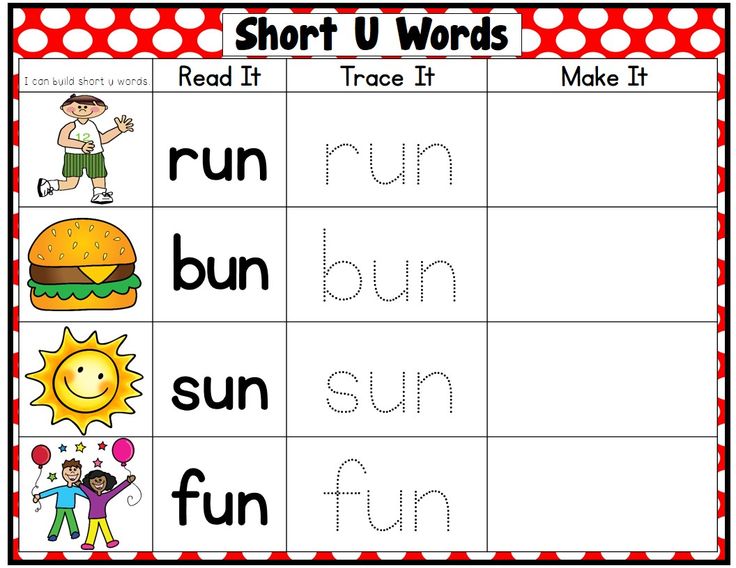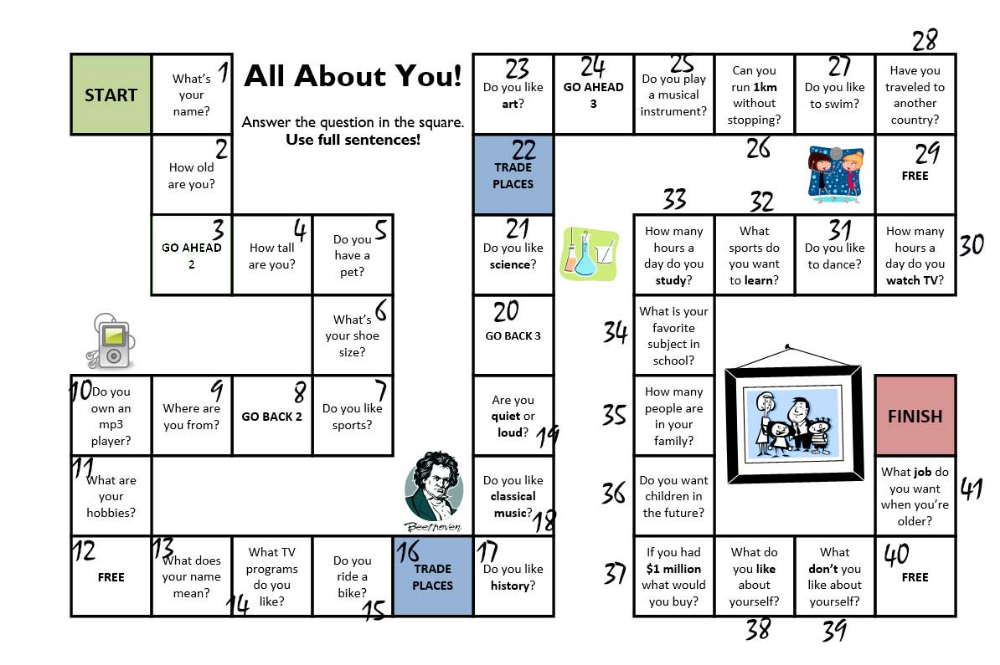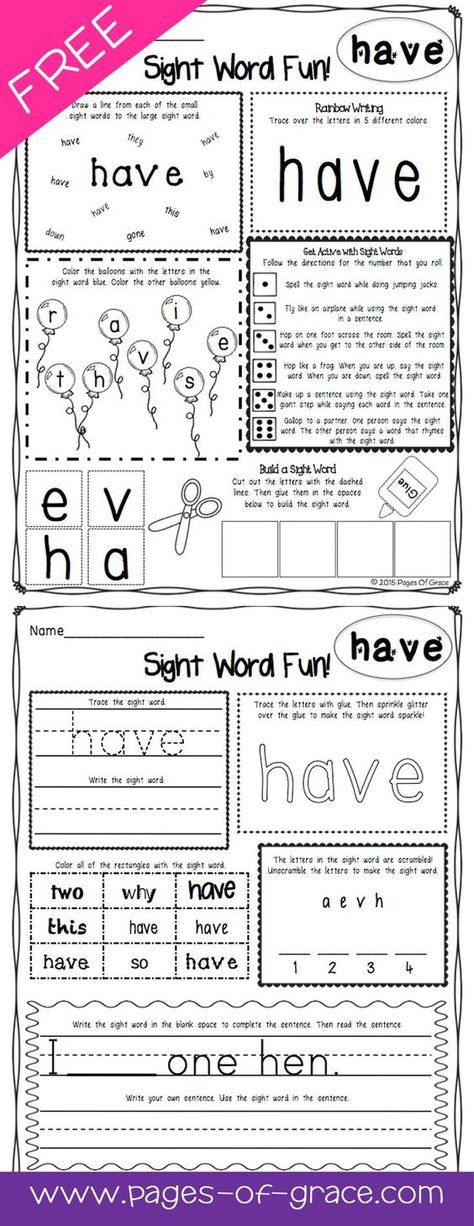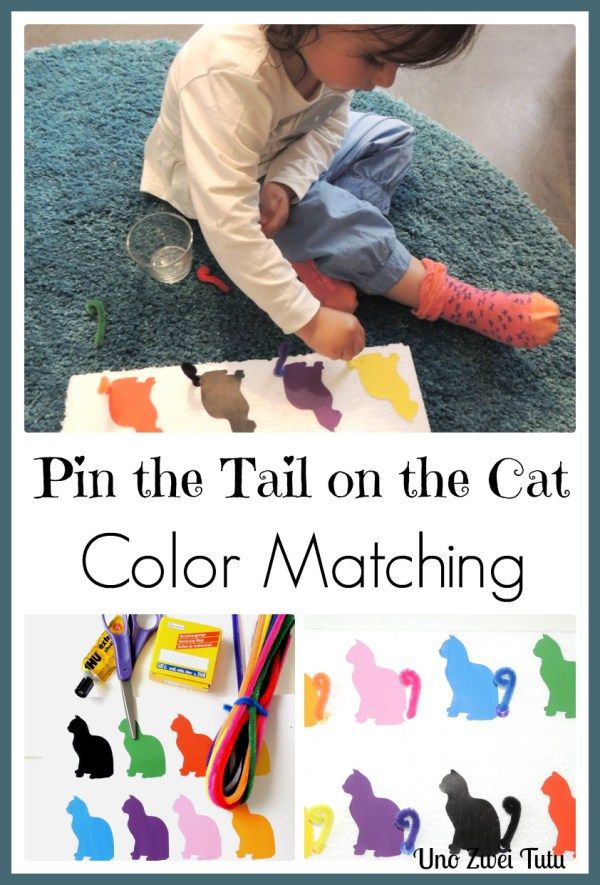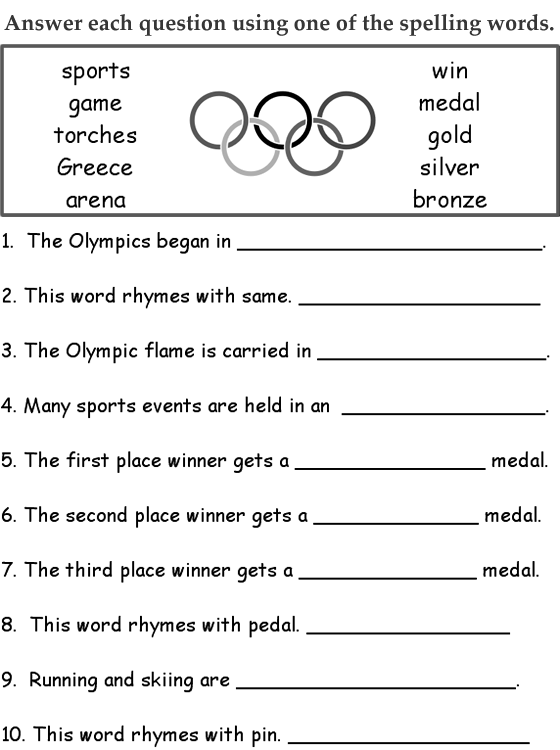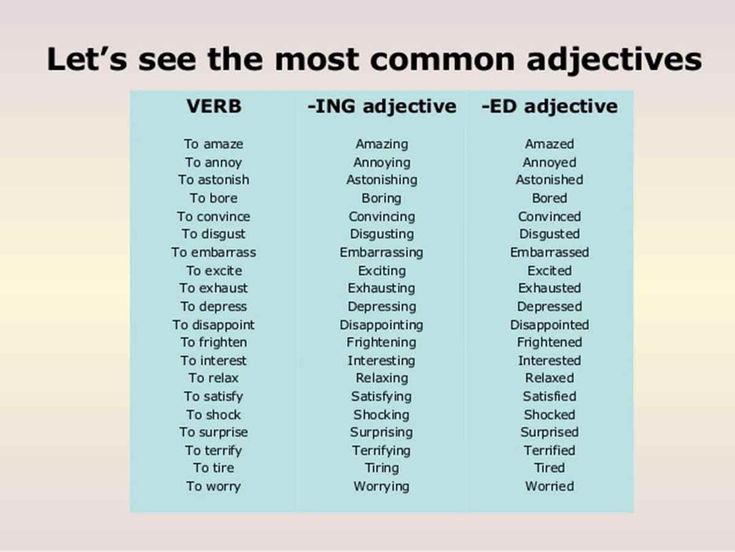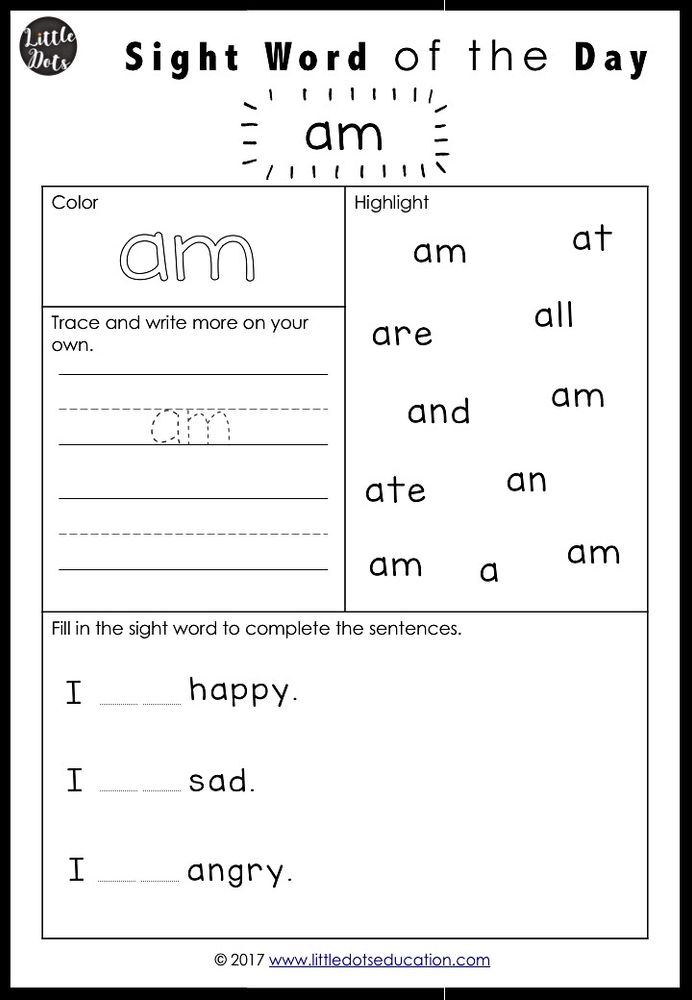Helping kindergarten read
9 Fun and Easy Tips
With the abundance of information out there, it can seem like there is no clear answer about how to teach a child to read. As a busy parent, you may not have time to wade through all of the conflicting opinions.
That’s why we’re here to help! There are some key elements when it comes to teaching kids to read, so we’ve rounded up nine effective tips to help you boost your child’s reading skills and confidence.
These tips are simple, fit into your lifestyle, and help build foundational reading skills while having fun!
Tips For How To Teach A Child To Read
1) Focus On Letter Sounds Over Letter Names
We used to learn that “b” stands for “ball.” But when you say the word ball, it sounds different than saying the letter B on its own. That can be a strange concept for a young child to wrap their head around!
Instead of focusing on letter names, we recommend teaching them the sounds associated with each letter of the alphabet. For example, you could explain that B makes the /b/ sound (pronounced just like it sounds when you say the word ball aloud).
Once they firmly establish a link between a handful of letters and their sounds, children can begin to sound out short words. Knowing the sounds for B, T, and A allows a child to sound out both bat and tab.
As the number of links between letters and sounds grows, so will the number of words your child can sound out!
Now, does this mean that if your child already began learning by matching formal alphabet letter names with words, they won’t learn to match sounds and letters or learn how to read? Of course not!
We simply recommend this process as a learning method that can help some kids with the jump from letter sounds to words.
2) Begin With Uppercase Letters
Practicing how to make letters is way easier when they all look unique! This is why we teach uppercase letters to children who aren’t in formal schooling yet.
Even though lowercase letters are the most common format for letters (if you open a book at any page, the majority of the letters will be lowercase), uppercase letters are easier to distinguish from one another and, therefore, easier to identify.
Think about it –– “b” and “d” look an awful lot alike! But “B” and “D” are much easier to distinguish. Starting with uppercase letters, then, will help your child to grasp the basics of letter identification and, subsequently, reading.
To help your child learn uppercase letters, we find that engaging their sense of physical touch can be especially useful. If you want to try this, you might consider buying textured paper, like sandpaper, and cutting out the shapes of uppercase letters.
Ask your child to put their hands behind their back, and then place the letter in their hands. They can use their sense of touch to guess what letter they’re holding! You can play the same game with magnetic letters.
3) Incorporate Phonics
Research has demonstrated that kids with a strong background in phonics (the relationship between sounds and symbols) tend to become stronger readers in the long-run.
A phonetic approach to reading shows a child how to go letter by letter — sound by sound — blending the sounds as you go in order to read words that the child (or adult) has not yet memorized.
Once kids develop a level of automatization, they can sound out words almost instantly and only need to employ decoding with longer words. Phonics is best taught explicitly, sequentially, and systematically — which is the method HOMER uses.
If you’re looking for support helping your child learn phonics, our HOMER Learn & Grow app might be exactly what you need! With a proven reading pathway for your child, HOMER makes learning fun!
4) Balance Phonics And Sight Words
Sight words are also an important part of teaching your child how to read. These are common words that are usually not spelled the way they sound and can’t be decoded (sounded out).
Because we don’t want to undo the work your child has done to learn phonics, sight words should be memorized. But keep in mind that learning sight words can be challenging for many young children.
So, if you want to give your child a good start on their reading journey, it’s best to spend the majority of your time developing and reinforcing the information and skills needed to sound out words.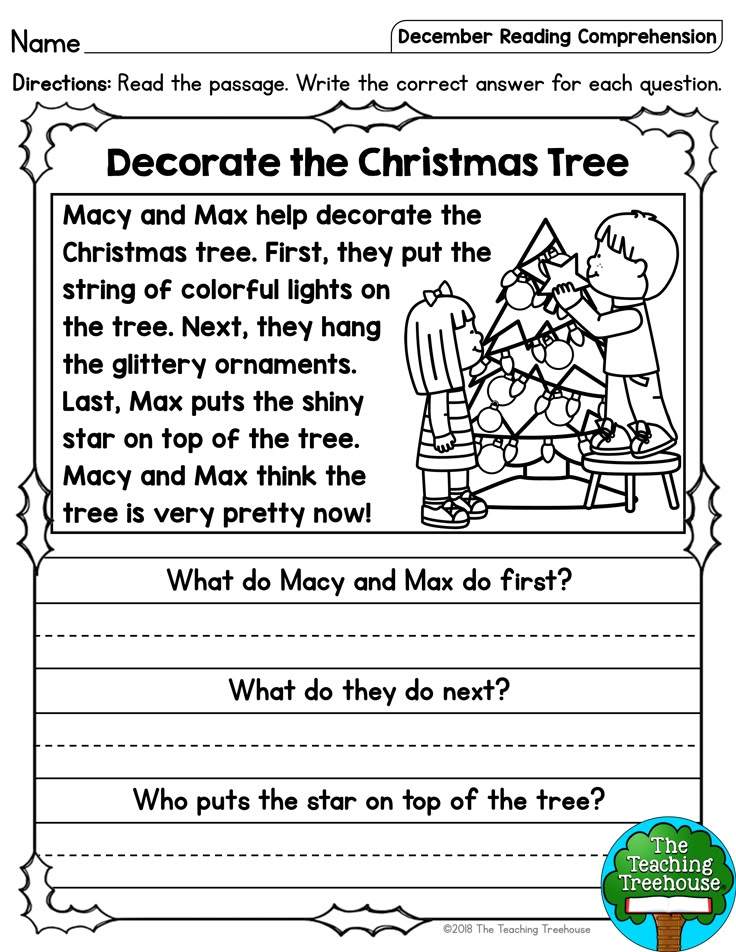
5) Talk A Lot
Even though talking is usually thought of as a speech-only skill, that’s not true. Your child is like a sponge. They’re absorbing everything, all the time, including the words you say (and the ones you wish they hadn’t heard)!
Talking with your child frequently and engaging their listening and storytelling skills can increase their vocabulary.
It can also help them form sentences, become familiar with new words and how they are used, as well as learn how to use context clues when someone is speaking about something they may not know a lot about.
All of these skills are extremely helpful for your child on their reading journey, and talking gives you both an opportunity to share and create moments you’ll treasure forever!
6) Keep It Light
Reading is about having fun and exploring the world (real and imaginary) through text, pictures, and illustrations. When it comes to reading, it’s better for your child to be relaxed and focused on what they’re learning than squeezing in a stressful session after a long day.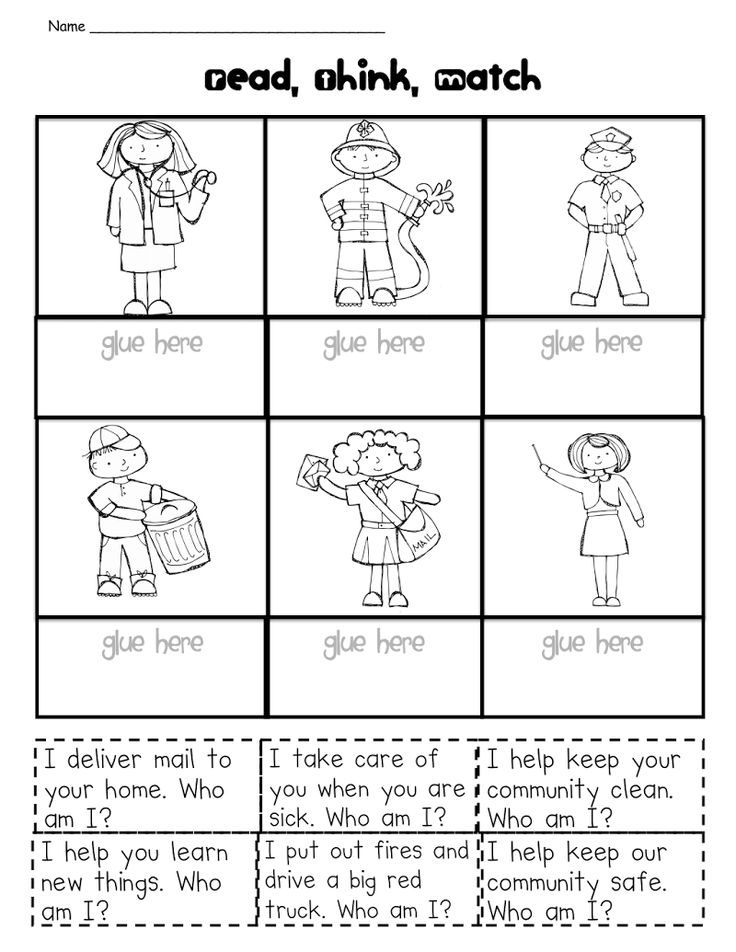
We’re about halfway through the list and want to give a gentle reminder that your child shouldn’t feel any pressure when it comes to reading — and neither should you!
Although consistency is always helpful, we recommend focusing on quality over quantity. Fifteen minutes might sound like a short amount of time, but studies have shown that 15 minutes a day of HOMER’s reading pathway can increase early reading scores by 74%!
It may also take some time to find out exactly what will keep your child interested and engaged in learning. That’s OK! If it’s not fun, lighthearted, and enjoyable for you and your child, then shake it off and try something new.
7) Practice Shared Reading
While you read with your child, consider asking them to repeat words or sentences back to you every now and then while you follow along with your finger.
There’s no need to stop your reading time completely if your child struggles with a particular word. An encouraging reminder of what the word means or how it’s pronounced is plenty!
Another option is to split reading aloud time with your child.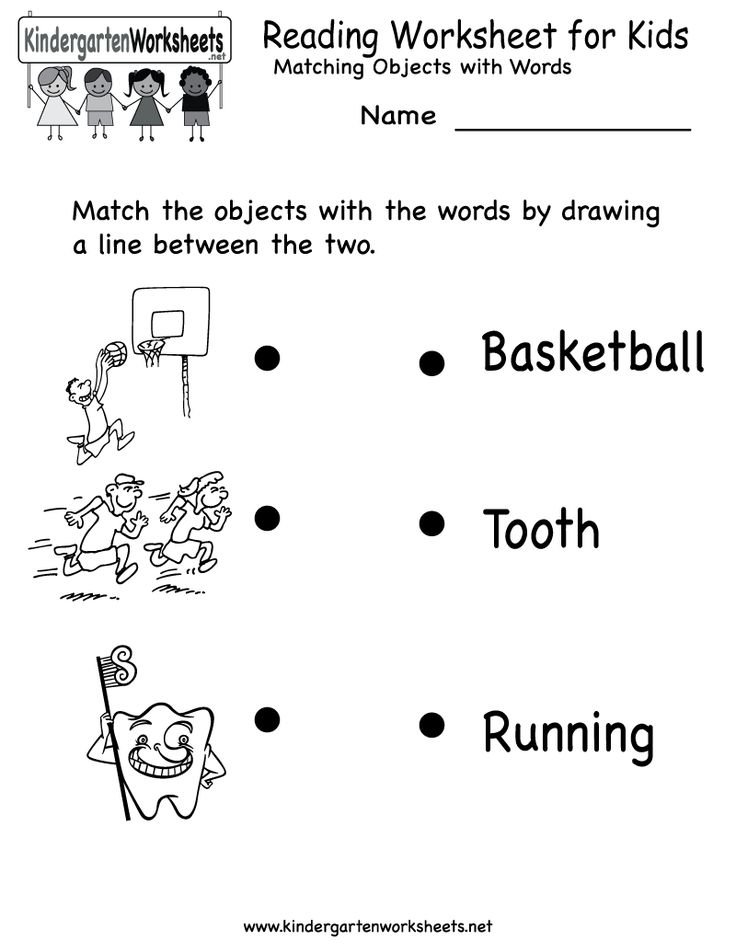 For emerging readers, you can read one line and then ask them to read the next. For older children, reading one page and letting them read the next page is beneficial.
For emerging readers, you can read one line and then ask them to read the next. For older children, reading one page and letting them read the next page is beneficial.
Doing this helps your child feel capable and confident, which is important for encouraging them to read well and consistently!
This technique also gets your child more acquainted with the natural flow of reading. While they look at the pictures and listen happily to the story, they’ll begin to focus on the words they are reading and engage more with the book in front of them.
Rereading books can also be helpful. It allows children to develop a deeper understanding of the words in a text, make familiar words into “known” words that are then incorporated into their vocabulary, and form a connection with the story.
We wholeheartedly recommend rereading!
8) Play Word Games
Getting your child involved in reading doesn’t have to be about just books. Word games can be a great way to engage your child’s skills without reading a whole story at once.
One of our favorite reading games only requires a stack of Post-It notes and a bunched-up sock. For this activity, write sight words or words your child can sound out onto separate Post-It notes. Then stick the notes to the wall.
Your child can then stand in front of the Post-Its with the bunched-up sock in their hands. You say one of the words and your child throws the sock-ball at the Post-It note that matches!
9) Read With Unconventional Materials
In the same way that word games can help your child learn how to read, so can encouraging your child to read without actually using books!
If you’re interested in doing this, consider using PlayDoh, clay, paint, or indoor-safe sand to form and shape letters or words.
Another option is to fill a large pot with magnetic letters. For emerging learners, suggest that they pull a letter from the pot and try to name the sound it makes. For slightly older learners, see if they can name a word that begins with the same sound, or grab a collection of letters that come together to form a word.
As your child becomes more proficient, you can scale these activities to make them a little more advanced. And remember to have fun with it!
Reading Comes With Time And Practice
Overall, we want to leave you with this: there is no single answer to how to teach a child to read. What works for your neighbor’s child may not work for yours –– and that’s perfectly OK!
Patience, practicing a little every day, and emphasizing activities that let your child enjoy reading are the things we encourage most. Reading is about fun, exploration, and learning!
And if you ever need a bit of support, we’re here for you! At HOMER, we’re your learning partner. Start your child’s reading journey with confidence with our personalized program plus expert tips and learning resources.
Author
Teaching children to read isn’t easy. How do kids actually learn to read?
A student in a Mississippi elementary school reads a book in class.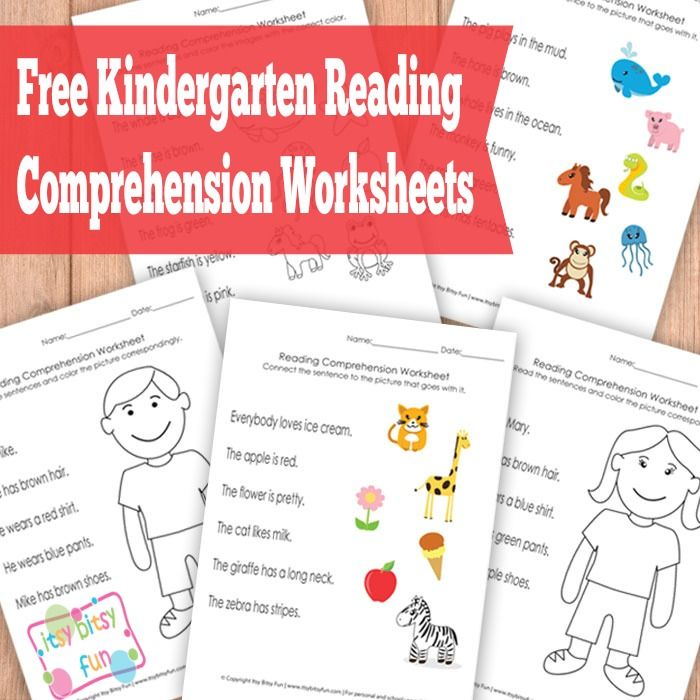 Research shows young children need explicit, systematic phonics instruction to learn how to read fluently. Credit: Terrell Clark for The Hechinger Report
Research shows young children need explicit, systematic phonics instruction to learn how to read fluently. Credit: Terrell Clark for The Hechinger ReportTeaching kids to read isn’t easy; educators often feel strongly about what they think is the “right” way to teach this essential skill. Though teachers’ approaches may differ, the research is pretty clear on how best to help kids learn to read. Here’s what parents should look for in their children’s classroom.
How do kids actually learn how to read?
Research shows kids learn to read when they are able to identify letters or combinations of letters and connect those letters to sounds. There’s more to it, of course, like attaching meaning to words and phrases, but phonemic awareness (understanding sounds in spoken words) and an understanding of phonics (knowing that letters in print correspond to sounds) are the most basic first steps to becoming a reader.
If children can’t master phonics, they are more likely to struggle to read.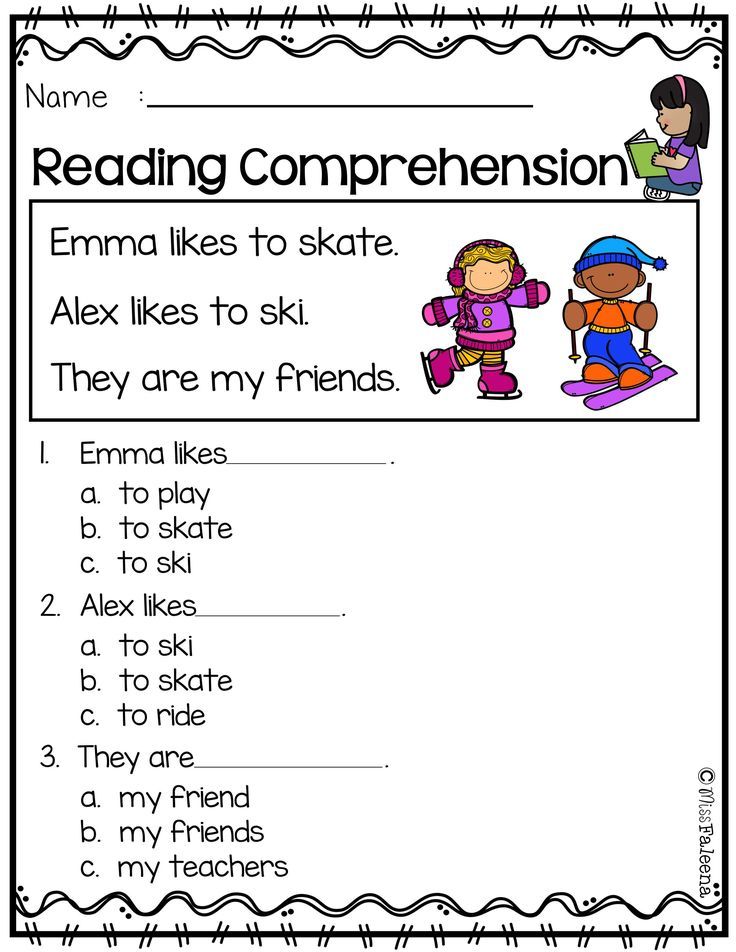 That’s why researchers say explicit, systematic instruction in phonics is important: Teachers must lead students step by step through a specific sequence of letters and sounds. Kids who learn how to decode words can then apply that skill to more challenging words and ultimately read with fluency. Some kids may not need much help with phonics, especially as they get older, but experts say phonics instruction can be essential for young children and struggling readers “We don’t know how much phonics each kid needs,” said Anders Rasmussen, principal of Wood Road Elementary School in Ballston Spa, New York, who recently led the transformation of his schools’ reading program to a research-based, structured approach. “But we know no kid is hurt by getting too much of it.”
That’s why researchers say explicit, systematic instruction in phonics is important: Teachers must lead students step by step through a specific sequence of letters and sounds. Kids who learn how to decode words can then apply that skill to more challenging words and ultimately read with fluency. Some kids may not need much help with phonics, especially as they get older, but experts say phonics instruction can be essential for young children and struggling readers “We don’t know how much phonics each kid needs,” said Anders Rasmussen, principal of Wood Road Elementary School in Ballston Spa, New York, who recently led the transformation of his schools’ reading program to a research-based, structured approach. “But we know no kid is hurt by getting too much of it.”
How should your child’s school teach reading?
Timothy Shanahan, a professor emeritus at the University of Illinois at Chicago and an expert on reading instruction, said phonics are important in kindergarten through second grade and phonemic awareness should be explicitly taught in kindergarten and first grade.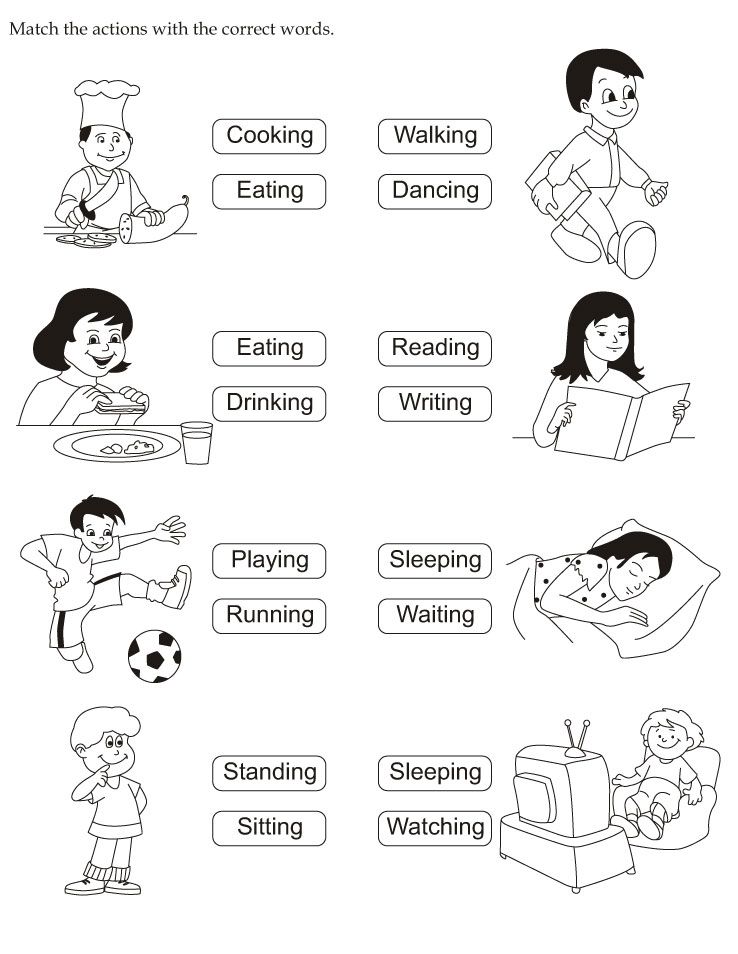 This view has been underscored by experts in recent years as the debate over reading instruction has intensified. But teaching kids how to read should include more than phonics, said Shanahan. They should also be exposed to oral reading, reading comprehension and writing.
This view has been underscored by experts in recent years as the debate over reading instruction has intensified. But teaching kids how to read should include more than phonics, said Shanahan. They should also be exposed to oral reading, reading comprehension and writing.
The wars over how to teach reading are back. Here’s the four things you need to know.
Wiley Blevins, an author and expert on phonics, said a good test parents can use to determine whether a child is receiving research-based reading instruction is to ask their child’s teacher how reading is taught. “They should be able to tell you something more than ‘by reading lots of books’ and ‘developing a love of reading.’ ” Blevins said. Along with time dedicated to teaching phonics, Blevins said children should participate in read-alouds with their teacher to build vocabulary and content knowledge. “These read-alouds must involve interactive conversations to engage students in thinking about the content and using the vocabulary,” he said.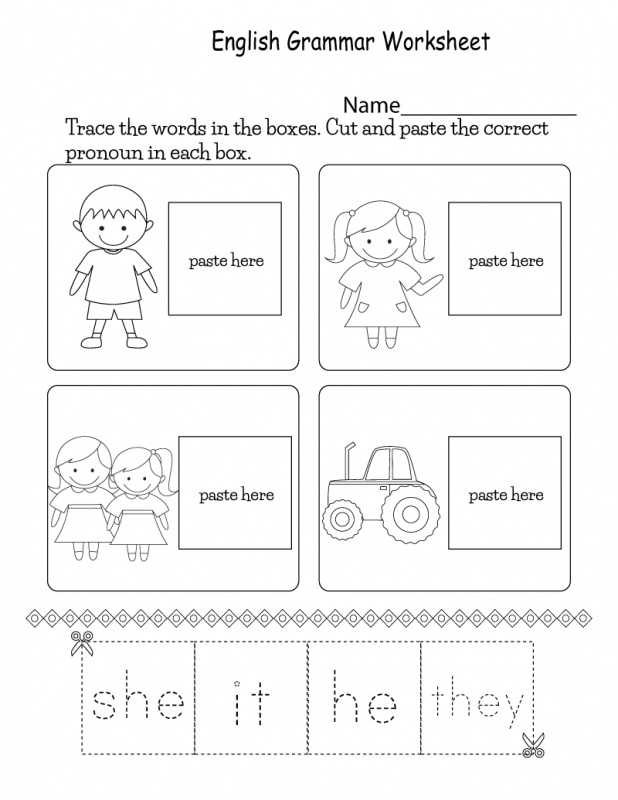 “Too often, when time is limited, the daily read-alouds are the first thing left out of the reading time. We undervalue its impact on reading growth and must change that.”
“Too often, when time is limited, the daily read-alouds are the first thing left out of the reading time. We undervalue its impact on reading growth and must change that.”
Rasmussen’s school uses a structured approach: Children receive lessons in phonemic awareness, phonics, pre-writing and writing, vocabulary and repeated readings. Research shows this type of “systematic and intensive” approach in several aspects of literacy can turn children who struggle to read into average or above-average readers.
What should schools avoid when teaching reading?
Educators and experts say kids should be encouraged to sound out words, instead of guessing. “We really want to make sure that no kid is guessing,” Rasmussen said. “You really want … your own kid sounding out words and blending words from the earliest level on.” That means children are not told to guess an unfamiliar word by looking at a picture in the book, for example. As children encounter more challenging texts in later grades, avoiding reliance on visual cues also supports fluent reading.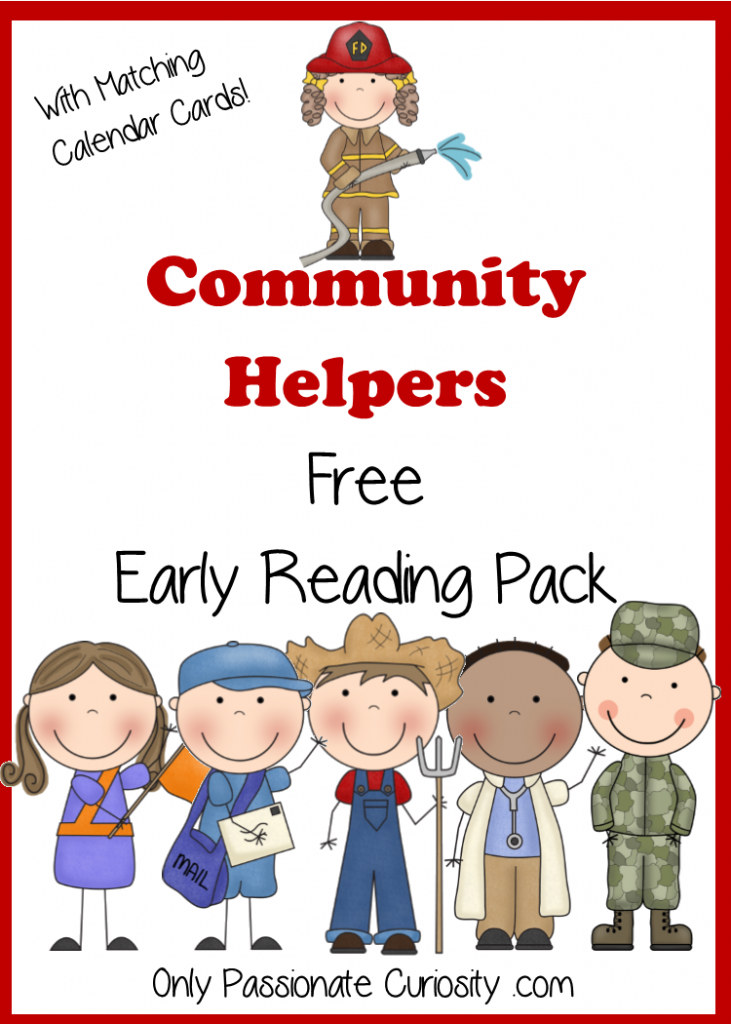 “When they get to ninth grade and they have to read “Of Mice and Men,” there are no picture cues,” Rasmussen said.
“When they get to ninth grade and they have to read “Of Mice and Men,” there are no picture cues,” Rasmussen said.
Related: Teacher Voice: We need phonics, along with other supports, for reading
Blevins and Shanahan caution against organizing books by different reading levels and keeping students at one level until they read with enough fluency to move up to the next level. Although many people may think keeping students at one level will help prevent them from getting frustrated and discouraged by difficult texts, research shows that students actually learn more when they are challenged by reading materials.
Blevins said reliance on “leveled books” can contribute to “a bad habit in readers.” Because students can’t sound out many of the words, they rely on memorizing repeated words and sentence patterns, or on using picture clues to guess words. Rasmussen said making kids stick with one reading level — and, especially, consistently giving some kids texts that are below grade level, rather than giving them supports to bring them to grade level — can also lead to larger gaps in reading ability.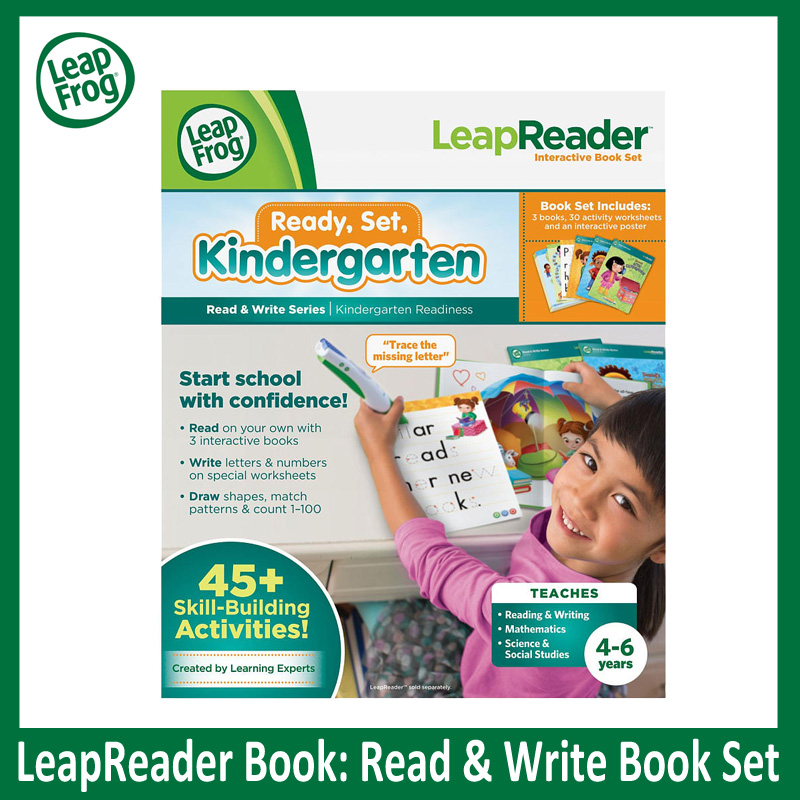
How do I know if a reading curriculum is effective?
Some reading curricula cover more aspects of literacy than others. While almost all programs have some research-based components, the structure of a program can make a big difference, said Rasmussen. Watching children read is the best way to tell if they are receiving proper instruction — explicit, systematic instruction in phonics to establish a foundation for reading, coupled with the use of grade-level texts, offered to all kids.
Parents who are curious about what’s included in the curriculum in their child’s classroom can find sources online, like a chart included in an article by Readingrockets.org which summarizes the various aspects of literacy, including phonics, writing and comprehension strategies, in some of the most popular reading curricula.
Blevins also suggested some questions parents can ask their child’s teacher:
- What is your phonics scope and sequence?
“If research-based, the curriculum must have a clearly defined phonics scope and sequence that serves as the spine of the instruction.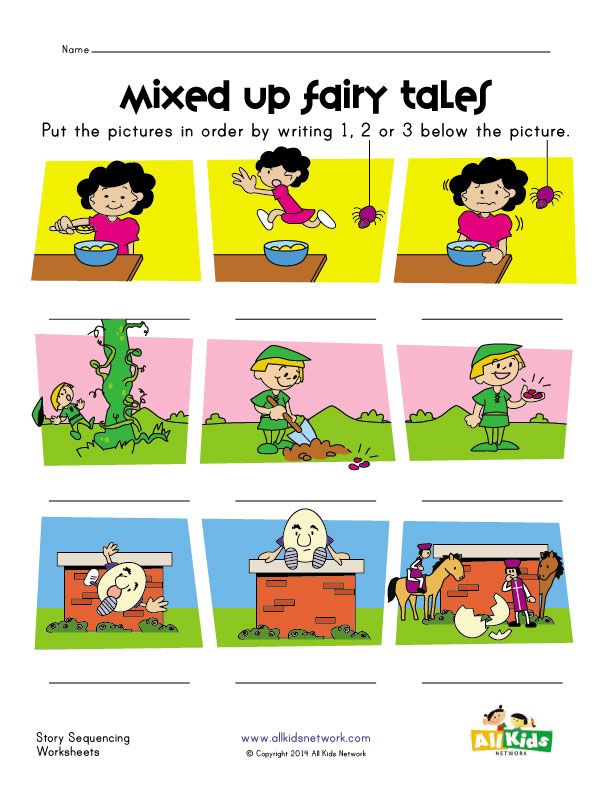 ” Blevins said.
” Blevins said.
- Do you have decodable readers (short books with words composed of the letters and sounds students are learning) to practice phonics?
“If no decodable or phonics readers are used, students are unlikely to get the amount of practice and application to get to mastery so they can then transfer these skills to all reading and writing experiences,” Blevins said. “If teachers say they are using leveled books, ask how many words can students sound out based on the phonics skills (teachers) have taught … Can these words be fully sounded out based on the phonics skills you taught or are children only using pieces of the word? They should be fully sounding out the words — not using just the first or first and last letters and guessing at the rest.”
- What are you doing to build students’ vocabulary and background knowledge? How frequent is this instruction? How much time is spent each day doing this?
“It should be a lot,” Blevins said, “and much of it happens during read-alouds, especially informational texts, and science and social studies lessons.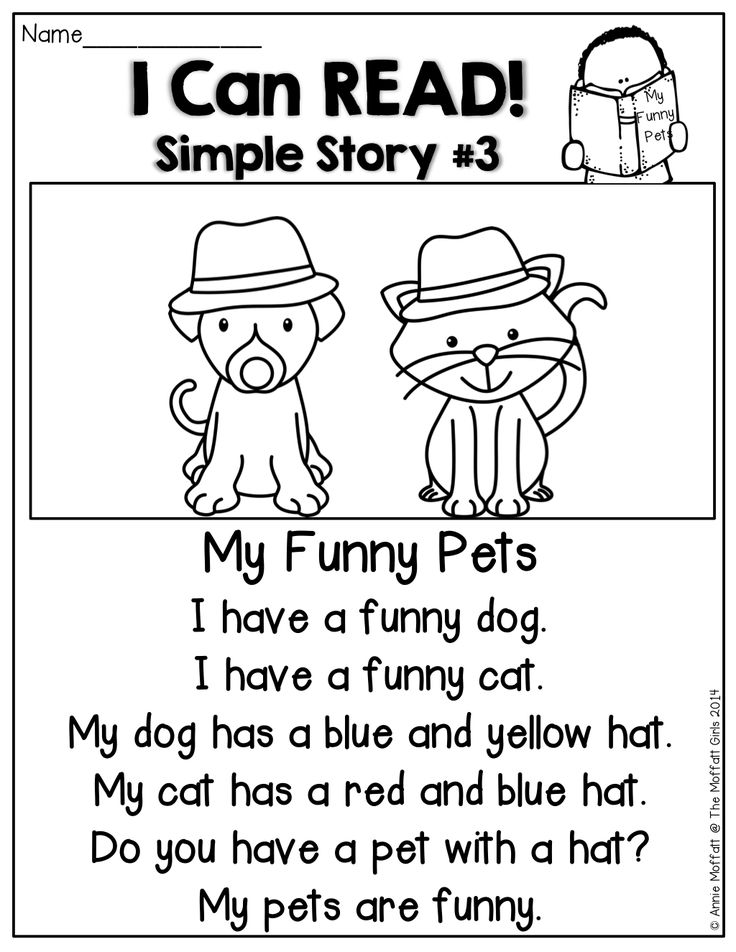 ”
”
- Is the research used to support your reading curriculum just about the actual materials, or does it draw from a larger body of research on how children learn to read? How does it connect to the science of reading?
Teachers should be able to answer these questions, said Blevins.
What should I do if my child isn’t progressing in reading?
When a child isn’t progressing, Blevins said, the key is to find out why. “Is it a learning challenge or is your child a curriculum casualty? This is a tough one.” Blevins suggested that parents of kindergarteners and first graders ask their child’s school to test the child’s phonemic awareness, phonics and fluency.
Parents of older children should ask for a test of vocabulary. “These tests will locate some underlying issues as to why your child is struggling reading and understanding what they read,” Blevins said. “Once underlying issues are found, they can be systematically addressed. ”
”
“We don’t know how much phonics each kid needs. But we know no kid is hurt by getting too much of it.”
Anders Rasmussen, principal of Wood Road Elementary School in Ballston Spa, New York
Rasmussen recommended parents work with their school if they are concerned about their children’s progress. By sitting and reading with their children, parents can see the kind of literacy instruction the kids are receiving. If children are trying to guess based on pictures, parents can talk to teachers about increasing phonics instruction.
“Teachers aren’t there doing necessarily bad things or disadvantaging kids purposefully or willfully,” Rasmussen said. “You have many great reading teachers using some effective strategies and some ineffective strategies.”
What can parents do at home to help their children learn to read?
Parents want to help their kids learn how to read but don’t want to push them to the point where they hate reading.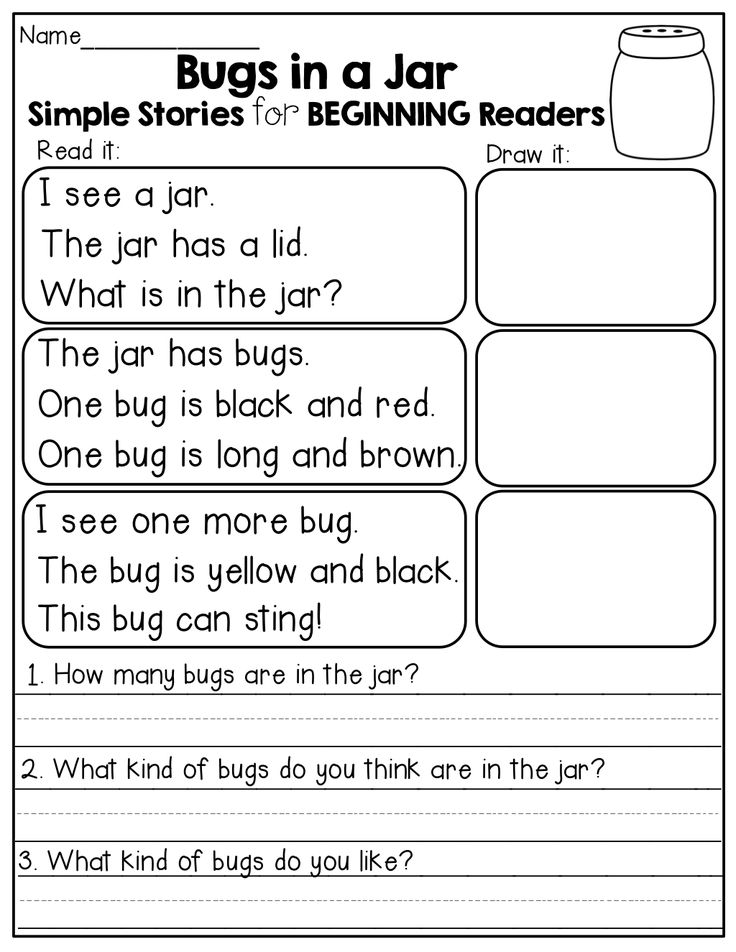 “Parents at home can fall into the trap of thinking this is about drilling their kid,” said Cindy Jiban, a former educator and current principal academic lead at NWEA, a research-based non-profit focused on assessments and professional learning opportunities. “This is unfortunate,” Jiban said. “It sets up a parent-child interaction that makes it, ‘Ugh, there’s this thing that’s not fun.’” Instead, Jiban advises making decoding playful. Here are some ideas:
“Parents at home can fall into the trap of thinking this is about drilling their kid,” said Cindy Jiban, a former educator and current principal academic lead at NWEA, a research-based non-profit focused on assessments and professional learning opportunities. “This is unfortunate,” Jiban said. “It sets up a parent-child interaction that makes it, ‘Ugh, there’s this thing that’s not fun.’” Instead, Jiban advises making decoding playful. Here are some ideas:
- Challenge kids to find everything in the house that starts with a specific sound.
- Stretch out one word in a sentence. Ask your child to “pass the salt” but say the individual sounds in the word “salt” instead of the word itself.
- Ask your child to figure out what every family member’s name would be if it started with a “b” sound.
- Sing that annoying “Banana fana fo fanna song.” Jiban said that kind of playful activity can actually help a kid think about the sounds that correspond with letters even if they’re not looking at a letter right in front of them.
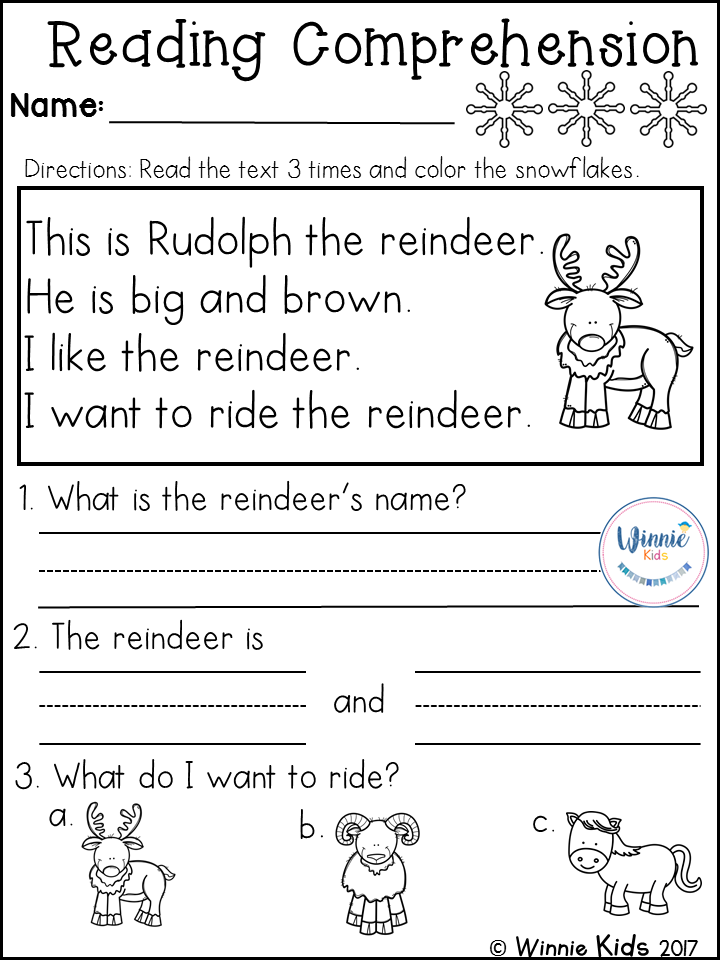
- Read your child’s favorite book over and over again. For books that children know well, Jiban suggests that children use their finger to follow along as each word is read. Parents can do the same, or come up with another strategy to help kids follow which words they’re reading on a page.
Giving a child diverse experiences that seem to have nothing to do with reading can also help a child’s reading ability. By having a variety of experiences, Rasmussen said, children will be able to apply their own knowledge to better comprehend texts about various topics.
This story about teaching children to read was produced by The Hechinger Report, a nonprofit, independent news organization focused on inequality and innovation in education. Sign up for Hechinger’s newsletter.
The Hechinger Report provides in-depth, fact-based, unbiased reporting on education that is free to all readers. But that doesn't mean it's free to produce.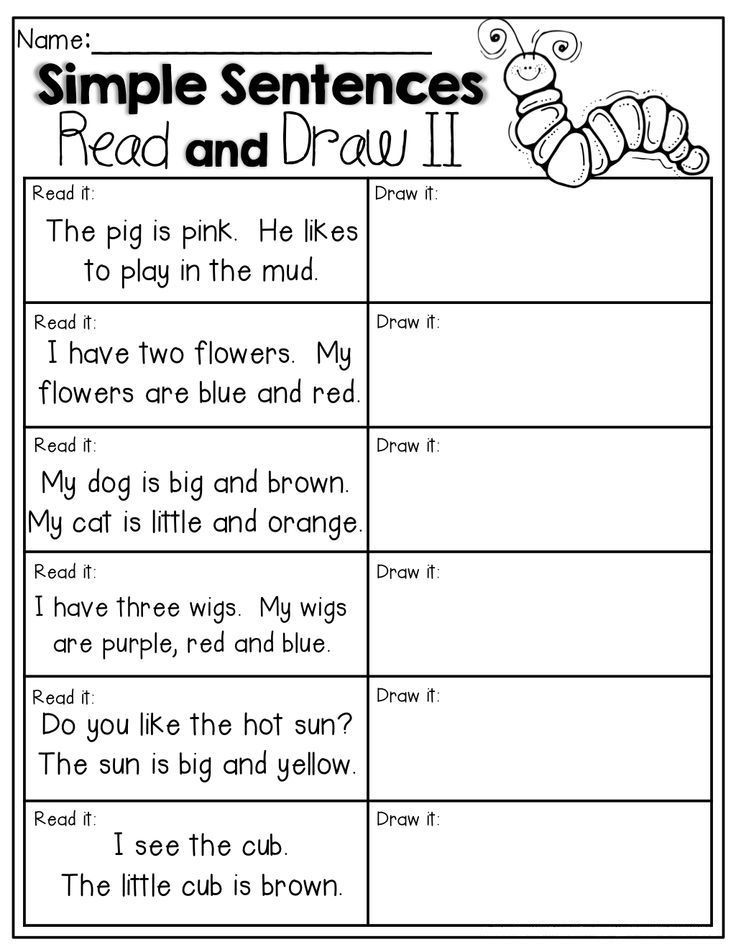 Our work keeps educators and the public informed about pressing issues at schools and on campuses throughout the country. We tell the whole story, even when the details are inconvenient. Help us keep doing that.
Our work keeps educators and the public informed about pressing issues at schools and on campuses throughout the country. We tell the whole story, even when the details are inconvenient. Help us keep doing that.
Join us today.
Preparation for kindergarten. What books to read with a child
That's the book!
Preparing for kindergarten. What books to read with a child
July 11 461 views
Maria Kuramina
Starting to go to kindergarten, the child faces many unusual situations: for the first time he leaves the family, learns to communicate with peers and make decisions. This is a period when it is important to gently and carefully immerse the child in a new environment, help him understand the incomprehensible and complex world and show that going to kindergarten is fun and pleasant. We chose books that will help with this.
The hero of this book, a little koala named Theo, goes through the same experiences as a child in kindergarten: meeting new kids, playing with friends, celebrating a birthday. Each story contains a simple and understandable situation that will not only help the child adapt to the new experience, but also give rise to dialogue. By reading the book and looking at the illustrations with your child, you can discuss the actions and feelings of the characters with him, encouraging him to share his own joys and difficulties. So, together with Theo and his friends, he will learn to find a common language with people, cope with difficult situations, and navigate the world.
The book is approved by Viktoria Shimanskaya, Doctor of Psychology, emotional intelligence specialist.
Every parent wants their child to be happy more often and worry less. And what needs to be done for this? How can you help your child grow up happy?
With the help of this book, the child will master the practices of mindfulness and learn to maintain inner peace.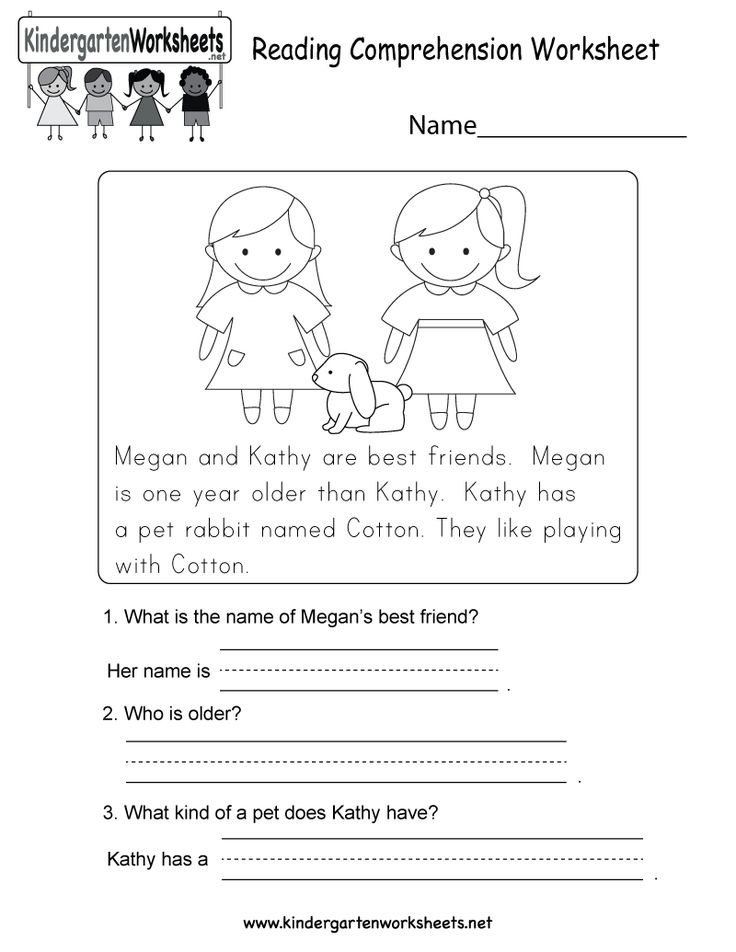 Author Chiara Piroddi is a psychologist who helps adults and children find balance and develop emotional intelligence. Chiara has adapted the most popular and successful mindfulness practices for children and turned them into fun games and activities. The child will play, laugh, be sad, and in the process will learn to experience emotions and provide support to himself in difficult situations. This skill will help maintain inner balance and calmness even in very acute situations. Your baby will not scold himself for mistakes and will learn to solve problems calmly, without hurting himself.
Author Chiara Piroddi is a psychologist who helps adults and children find balance and develop emotional intelligence. Chiara has adapted the most popular and successful mindfulness practices for children and turned them into fun games and activities. The child will play, laugh, be sad, and in the process will learn to experience emotions and provide support to himself in difficult situations. This skill will help maintain inner balance and calmness even in very acute situations. Your baby will not scold himself for mistakes and will learn to solve problems calmly, without hurting himself.
The book of the doctor of psychology and expert in the development of emotional intelligence Victoria Shimanskaya. She will introduce the child to different feelings in a playful way, help to get to know yourself better and work out negative emotions. The protagonist of the book is Baby Elon, a hypersensitive winged elephant who not only sees emotions, but also makes friends with them. Together with Baby Elon, the child will complete various tasks, after which a reward awaits him - a sticker with the image of the main character (it is pasted to the bottom corner of the page).
Together with Baby Elon, the child will complete various tasks, after which a reward awaits him - a sticker with the image of the main character (it is pasted to the bottom corner of the page).
There are four sections in the book: 1 - getting to know yourself, 2 - getting to know emotions, 3 - managing emotions and mood, 4 - planning and achieving goals.
Author's explanations for parents will help to understand what skill the child will develop with the following exercises, why it is important and how it will be useful to him in the future. And the icons will tell you how to help the child with the task, if necessary.
Many people think that only heroes have superpowers. But this is not so. Every person has them! And they are what make it unique and different from others. All you have to do is find them. The book of the writer, psychologist and mother of three children Susanna Isern introduces readers to the most ordinary children who have different superpowers, helps to find their own value, show their talents and be proud of them.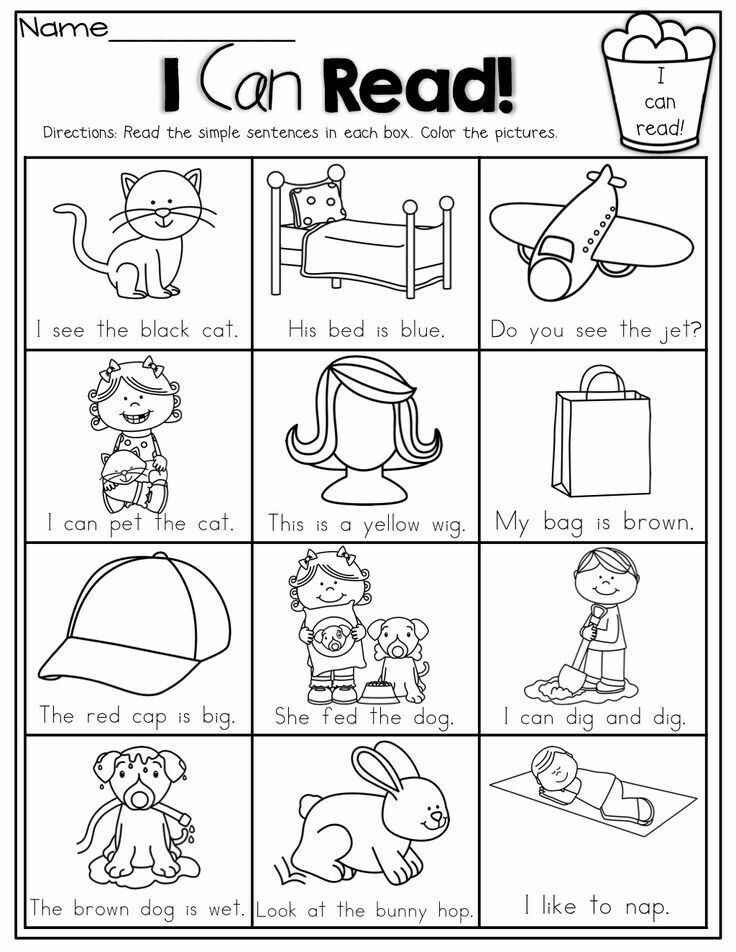 After reading funny stories, the child will begin to notice the good in the people around him and will begin to look at the world more positively.
After reading funny stories, the child will begin to notice the good in the people around him and will begin to look at the world more positively.
A fairy tale that will support the child before meeting something new. Very soon, Dusya will go to kindergarten for the first time. The girl is very worried. What is waiting for her there? Will she make friends with anyone? What if a big purple dragon lives in the kindergarten? In such a case, Dusya asks her mother to sew a friend for her - a toy puppy. After all, no dragons are scary with him! But instead of a dog, the mother sews for the girl ... a pig in green pants. Piglet Bobik!
The next day, Dusya takes Bobik with him to kindergarten. They have interesting adventures ahead, new friends... And, of course, a purple dragon!
Happy reading!
councils of educators / News of the city / Moscow website
Education Mos.ru
On September 27, educators and other preschool workers celebrate their professional holiday.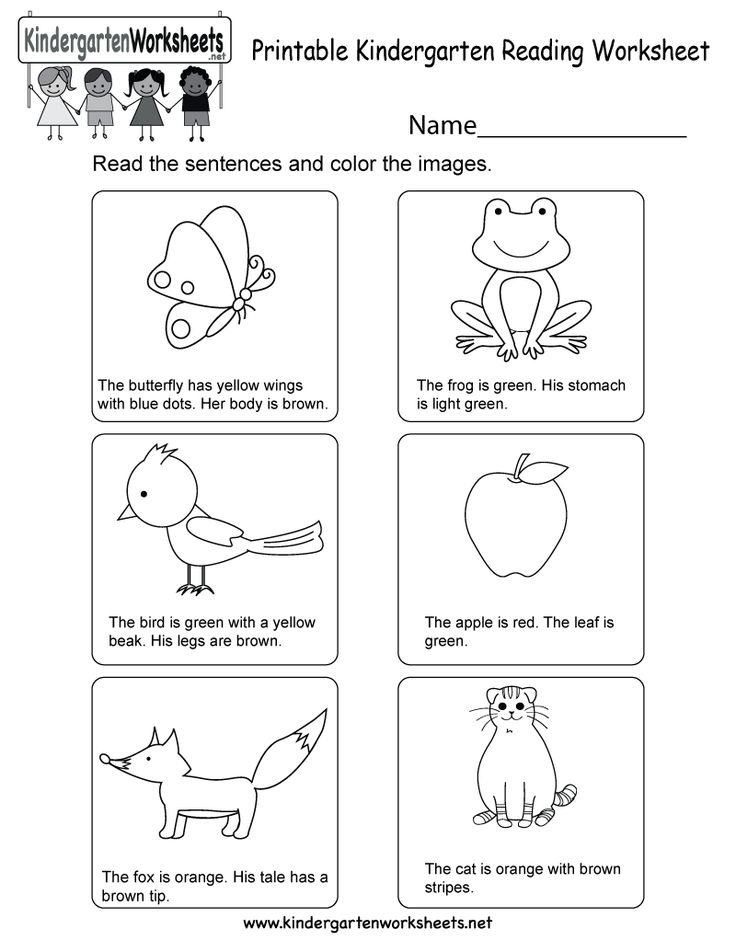 Experienced teachers told mos.ru that it is important that going to kindergarten does not become a punishment for the whole family, but brings joy.
Experienced teachers told mos.ru that it is important that going to kindergarten does not become a punishment for the whole family, but brings joy. The first trip to kindergarten or returning there after the summer holidays is not the easiest time for children and their parents. Whims, tears, quarrels and disputes leave few people indifferent and add stress to family everyday life. But, fortunately, there are many pedagogical and psychological techniques that will help you more easily survive this state and adapt to new conditions.
Experienced teachers of Moscow kindergartens, who celebrate their professional holiday on September 27, shared their secrets of mastery. They gave parents and their colleagues some practical advice that will help them understand each other better and support their children.
Family climate control
When parents decide to send their child to kindergarten, the main question is how he will cope there, not knowing how to seem to be elementary things.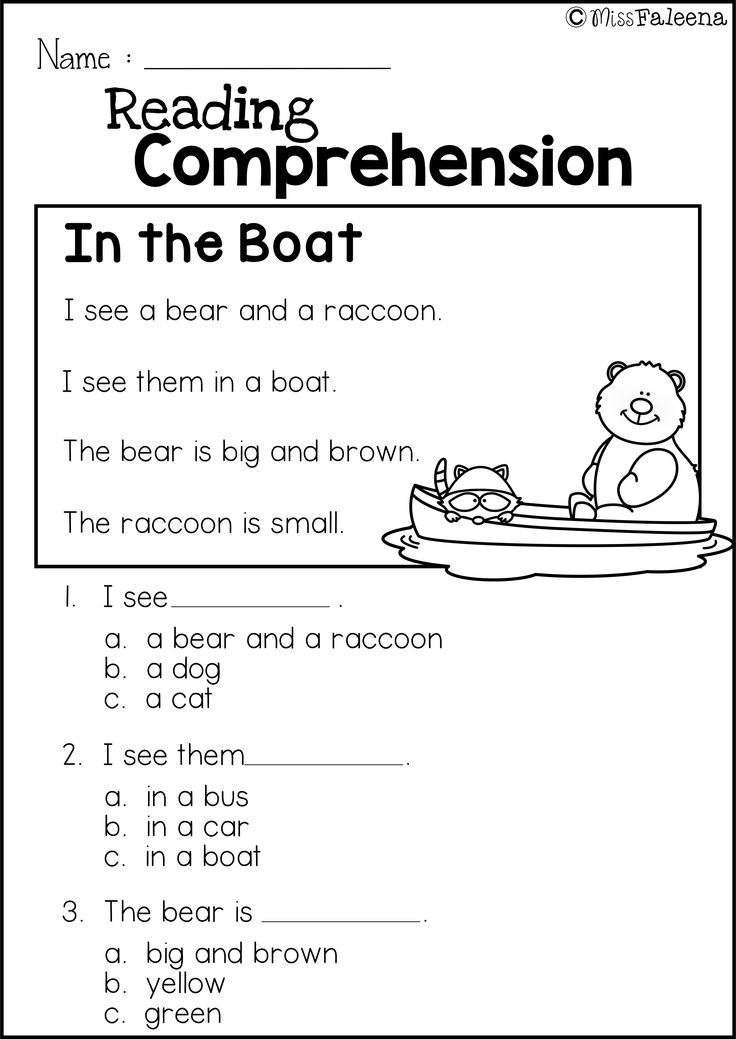 Not knowing how to use the potty, dress, eat calmly, or study diligently. He frantically begins to teach everything at once. Although experts do not consider this to be the main thing. According to them, it is important to prepare the child for kindergarten psychologically , and the rest will come with time.
Not knowing how to use the potty, dress, eat calmly, or study diligently. He frantically begins to teach everything at once. Although experts do not consider this to be the main thing. According to them, it is important to prepare the child for kindergarten psychologically , and the rest will come with time.
Such training should be based on love and understanding, says Svetlana Tulaykina, an educator with 17 years of experience. “If a child has trust in the world, if the family loves and accepts him, then he will feel protected, he will be able to calmly enter the children's team and accept a new adult,” says the teacher of school No. 236.
challenge to grow up in one day , says Yulia Yakubovich, teacher of the preschool department of school No. 1357 "On Bratislava", which last year won the title of "Teacher of the Year".
“You are big now, go to kindergarten, stop wearing diapers and throw away the pacifier!” It is difficult to adapt to such drastic changes.It is enough for a baby to start with the fact that he is in a new place and without his mother. The rest can be done later. At first, it is necessary to reduce stress factors, ”she notes.
Going to kindergarten is compared to changing jobs for an adult. The child also experiences excitement, anxiety, fear of the unknown. Only for him they are three times stronger. So, first you need to create a comfortable psychological climate. « It is important to help the child not be afraid of a new environment, to teach them to interact calmly and confidently with their peers. Parents can create an environment suitable for this, come up with situations of mutual assistance, interesting game moments,” says the teacher of the preschool department of school No. 354 named after D.M. Karbysheva Daniil Semichev.
Acquaintance with the new world
Teachers recommend starting preparation for the garden with stories about what kind of place it is.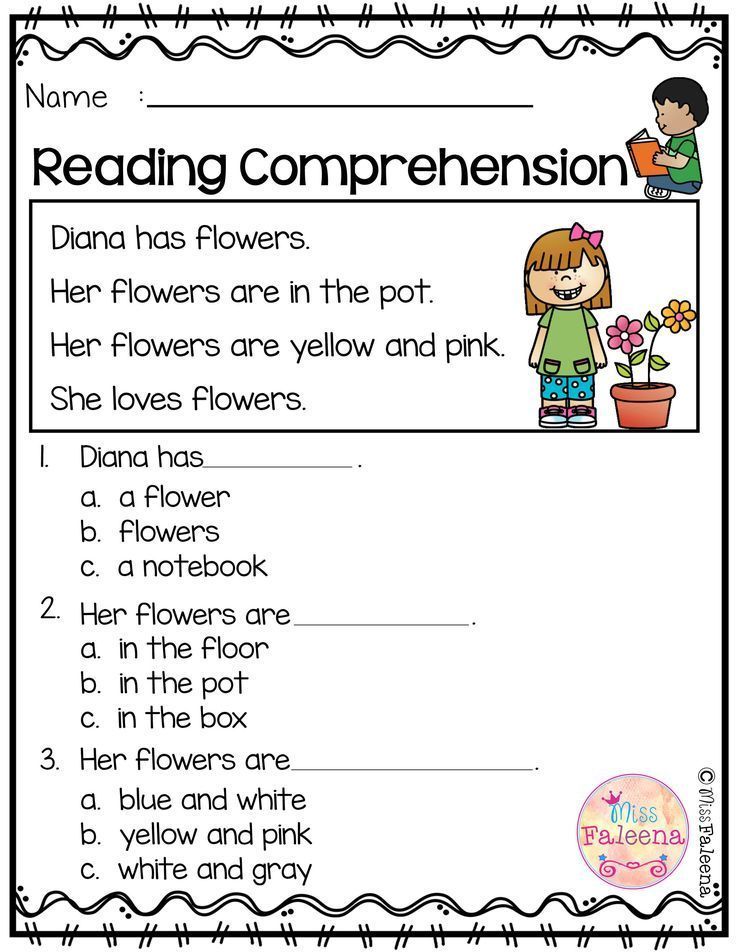 At first, you can just walk nearby, watch how the children play on the playgrounds, communicate with the teacher, and how they are taken home. Svetlana Tulaykina advises to play in the kindergarten at home: choose toys, one of which will become a teacher, and the rest - children. They will help show ordinary situations: lunch, quiet time. So you can gradually form a clear image of the kindergarten. " Be sure to adjust the daily routine to the one that will be in kindergarten. Roughly imagine what the menu will be in there, and cook the same dishes at home. Usually, a summer is enough for such training,” says Svetlana Tulaykina.
At first, you can just walk nearby, watch how the children play on the playgrounds, communicate with the teacher, and how they are taken home. Svetlana Tulaykina advises to play in the kindergarten at home: choose toys, one of which will become a teacher, and the rest - children. They will help show ordinary situations: lunch, quiet time. So you can gradually form a clear image of the kindergarten. " Be sure to adjust the daily routine to the one that will be in kindergarten. Roughly imagine what the menu will be in there, and cook the same dishes at home. Usually, a summer is enough for such training,” says Svetlana Tulaykina.
The adaptation process is individual: it all depends on the child's ability to communicate, personal characteristics and his environment. “If he communicates regularly with other children, as a rule, adaptation is faster. But more often there are children who need a gentle process. When at first they are brought in for a few hours, they are gradually introduced to the premises and educators, who must set the child in the right way, ”says Daniil Semichev.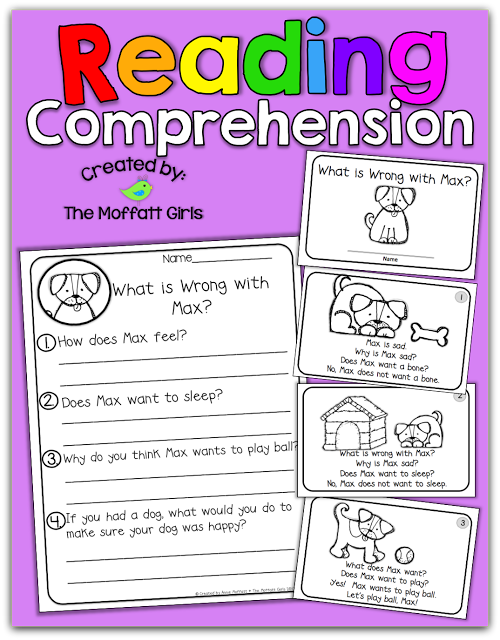
According to Yulia Yakubovich, there are children who are ready to stay in kindergarten almost immediately for the whole day, and there are those who should be picked up in an hour. And teachers don't see anything wrong with that. There are special techniques that will greatly help families. “Bring not Petya or Dasha to the garden, but a doll or a bunny. Show him toys, a locker, guys with your child, and then put him to sleep on a beautiful bed. The next day, Petya and the bunny will stay in the kindergarten together, and then they will tell their mother how the day went. Let a bunny go to the kindergarten, and Petya will be in the role of an adult who takes care of him, ”Julia shares.
How long it takes to adapt depends on the individual case. If the baby did not stay with anyone except his mother, he will not get used to kindergarten right away. “Such a child is smoothly introduced into a new regimen. At first, you can come not in the morning, but for an evening walk, so that he can see that the children are being taken home and no one is left in the kindergarten.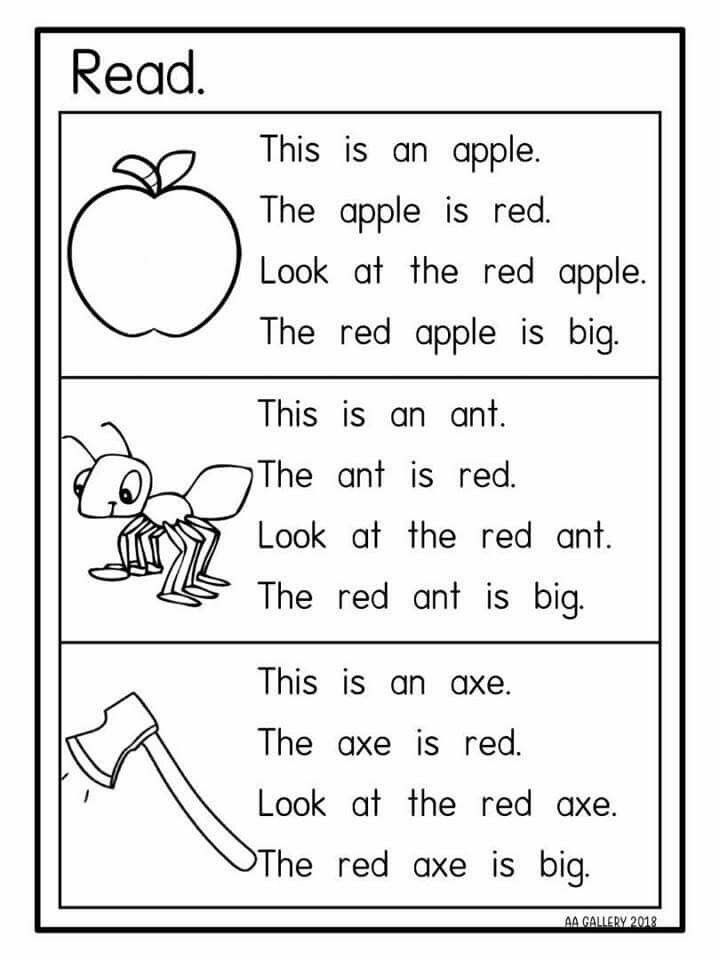 Literally in 10–15 minutes, he will be able to understand that it is safe and interesting here,” says Svetlana Tulaykina.
Literally in 10–15 minutes, he will be able to understand that it is safe and interesting here,” says Svetlana Tulaykina.
Definitely no
When everything goes according to plan, the child gradually gets used to the new place and environment, it becomes easier to let go of the mother, the tears go away, and the reactions become calmer. To understand whether this is so, the behavior of the child will help. If he starts to give a hand to the teacher, goes to his arms, does not reject, then the adaptation is going smoothly, with benefit and the desired results, says Daniil Semichev.
At the same time, the child can still sometimes be capricious and say that he does not want to go to the kindergarten. And such situations should also be taken calmly.
“In a conversation, it is important to set the child up in a positive way. On the way home, you need to ask him what was the day, and look for as many positive moments as possible in his words.And the teacher can also interest the child in what will happen tomorrow. We can say that without him nothing will work, that he is a real assistant to the educator, focusing on his strongest points, ”says Daniil Semichev.
If the child categorically refuses to go to kindergarten, the reason must be found. Maybe it's just hard for him to part with his mother. It is worth trying to talk to the child: for example, offer to show the teacher and the children what beautiful new clothes he has. Gradually it will be easier to leave. Playing situations will help to figure out other reasons - you can ask the child what he did, with whom he played (naming the names of the children), what fairy tale the teacher read, what they ate for lunch and about something else. “It is important to bring the child to positive emotions during the conversation. When a mother asks about the negative, the child understands that she is interested, which means that she needs to think and talk about it, ”advises Svetlana Tulaykina.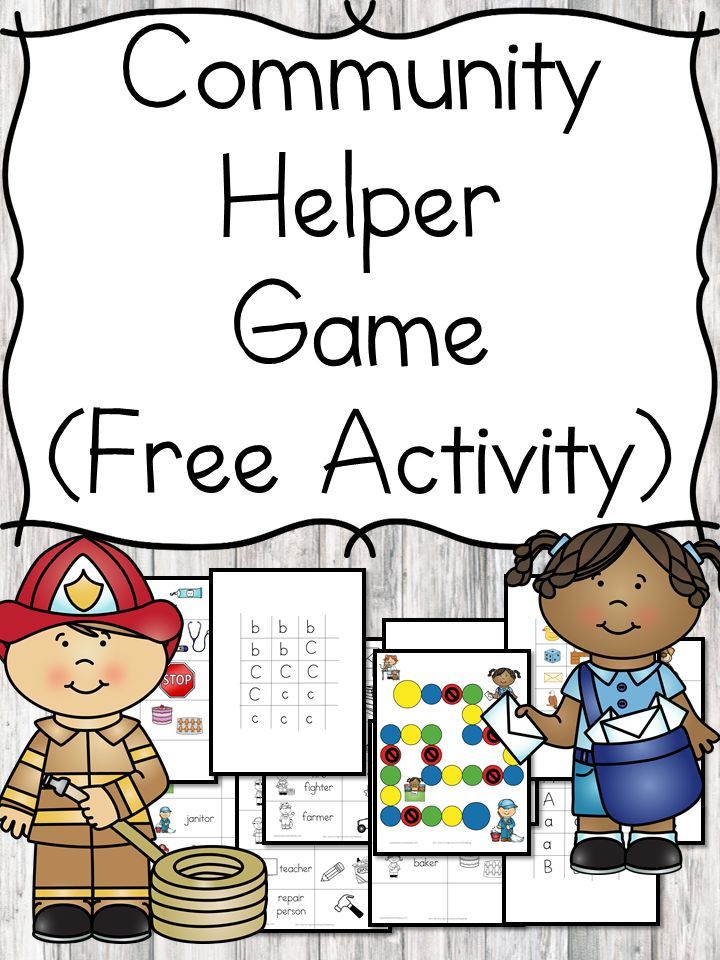
At the same time, if parents meet the hysteria of a child who does not want to go to the garden and turn around home, then nothing good will come of it. This will be repeated frequently. “On such a day, it is better to pick up the child earlier if it is very difficult for him. He must understand that hysteria is not an option. I think that the educator will meet halfway and give the child a little more attention, ”adds Svetlana.
Secrets of parting
Experts call the moment of parting a child with a parent the most problematic moment - when you need to say goodbye in the locker room and go in different directions. Then it is easier for the group to get distracted and switch. A farewell ritual can help here. One of the well-known tricks is called “kiss in the pocket” or “kiss in the palm”: the mother kisses the child on the palm, he can “put” this kiss in his pocket or locker, where he will be stored while the baby is in kindergarten.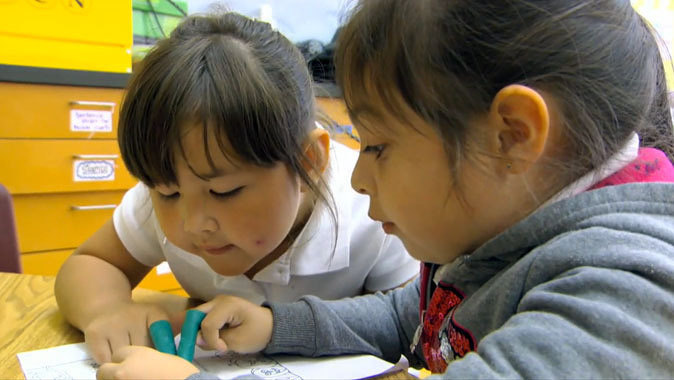 You can also give him a toy or a handkerchief that smells like home - everyone will have something of their own. And then the mother will say when she comes, and the child will wave his hand at the door or from the window.
You can also give him a toy or a handkerchief that smells like home - everyone will have something of their own. And then the mother will say when she comes, and the child will wave his hand at the door or from the window.
All positive attitude can disappear in the locker room where the children are crying in chorus. In such a situation, educators are advised to choose another time to join the group - a little earlier or a little later than strongly crying classmates. On the way, it is worth discussing this with the child: to tell that other children may not yet understand how fun it is in a group. And according to Daniil Semichev, children who adapt more easily can be taken as assistants to the educator so that they attract crying children to the game.
Conflict of interest
In a group of children, as in many adults, conflicts are far from uncommon. Especially in the early days, when the kids are not yet very familiar with each other and the new rules. The task of parents is to understand the cause of the problem, support the baby and teach new ways of expressing feelings, not to bite and fight, but to play together and negotiate, says Yulia Yakubovich.
Another helper is fairy tale therapy. You can read a book together with your child, where there are moments illustrating the situation. This should be done emotionally, but calmly reacting to the behavior of the hero. And then you need to analyze the text together.
“Answer the questions: what was done wrong, was the offender pleased that you felt in his place, remember, we had the same situation, let's think about whether your behavior was right? When a child looks at the situation from the outside, it will not cause psychological damage to him and will allow him not to repeat negative actions, ”says the teacher.
According to Svetlana Tulaykina, it is important to ask how you felt, why do you think the other child did it. “It is necessary to analyze the situation and help to survive it. At the same time, try not to go into negative directions, but to understand, listen and suggest how to proceed further, ”says Svetlana.
Experts repeat: it is impossible to make a child never get upset at all. “Kindergarten has its own regime, where you have to adapt to others – all this is not the same as with mom. The child experiences different sensations and emotions. But children who have a fairly stable psyche go through this process normally, ”recalls the educator.
Parent training
Kindergarten is a new stage for the whole family. Parents need preparation for it just as much as their children, and maybe even more. “Children usually go to kindergarten for the first time with a desire and great interest. The main thing is to support this mood in the child. And the parents themselves should not worry, ”advises Yulia Yakubovich, who will also soon have to go through all the stages of adaptation with her second child.
Today, caregivers communicate with parents and send them photos using gadgets. “Parents like it, and they are calm, and if mothers are calm, then the children are fine!” Julia adds. She recommends preparing yourself in advance for parting with children, and starting to accustom them to new people as early as possible. “Let guests come to you, relatives come. This will help the child to socialize faster and not be afraid to be left without a mother, and parents to be calmer. Trust teachers more, they are professionals in their field! There are no random people in this profession,” says the teacher.
It is necessary to create a strong and most important tandem in this situation between teachers and parents. “It is important for parents to listen to educators, who, as a rule, are knowledgeable and prepared people. The educator must receive and analyze information about the child and advise the parent on techniques that will help at home, ”says Daniil Semichev.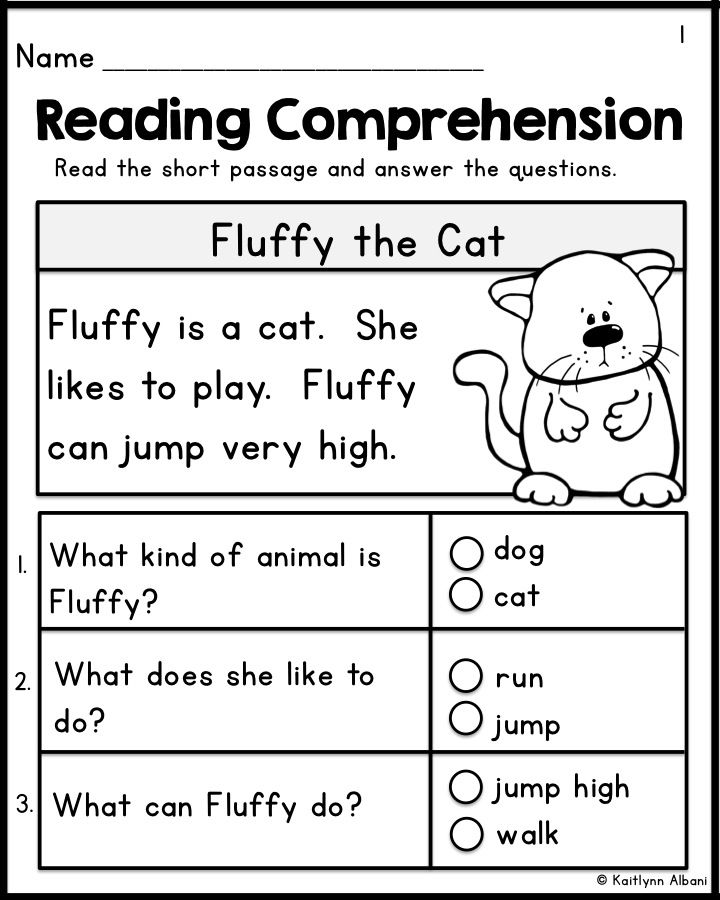 According to him, it is important for parents to tell as much as possible about the child - his environment, habits, taste preferences. Then the teacher will be able to better navigate and help.
According to him, it is important for parents to tell as much as possible about the child - his environment, habits, taste preferences. Then the teacher will be able to better navigate and help.
Mustachioed nannies: four interviews with unusual kindergarten teachers
Professional first aid
Techniques for easy adaptation can be found on Internet resources, in expert publics, and special literature. Svetlana Tulaykina, for example, recommends Anna Bykova's book “My child goes to kindergarten with pleasure!” to parents. She helped caregiver during her third child's kindergarten preparation. Prior to this, Svetlana had to face the difficulties of adapting her middle daughter - they lasted about two years. In difficult situations, Svetlana recommends that parents figure out why the child is having such a hard time and, if possible, take a step back - take the child back to the group for only a few hours.
Educators-psychologists who always accompany children in the kindergarten will help to find the cause of the problem faster.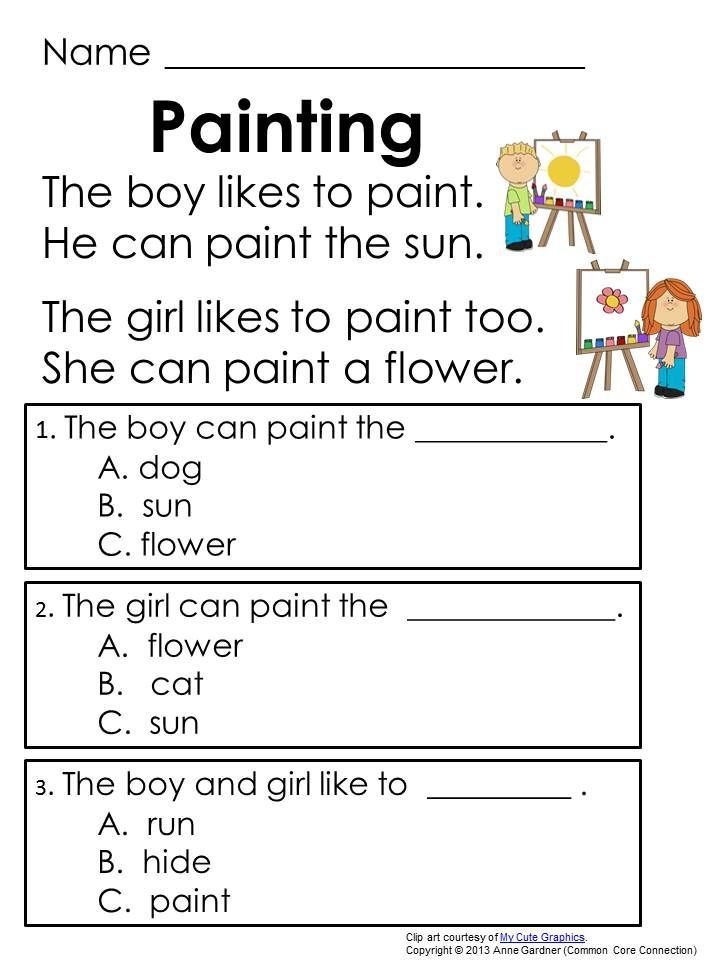 By joining forces, the educator, psychologist and parents will definitely find a suitable solution together, notes Yulia Yakubovich. In this case, the child will not have to put pressure.
By joining forces, the educator, psychologist and parents will definitely find a suitable solution together, notes Yulia Yakubovich. In this case, the child will not have to put pressure.
« The child is not to blame for anything, everything depends on the environment in which he is. Therefore, it is important to act as much as possible in his favor. If the adaptation process is difficult and long, it means that his body requires it. It happens that there are no special problems, good contact has been established with the teacher, but the child psychologically does not accept kindergarten. You need to work at his pace, use different techniques and act progressively. Sometimes, changing the group is enough to solve the problem. Perhaps the situation will immediately become different, ”adds Daniil Semichev.
Tips for caregivers
Caregivers who receive a new group of kids also need their own adaptation.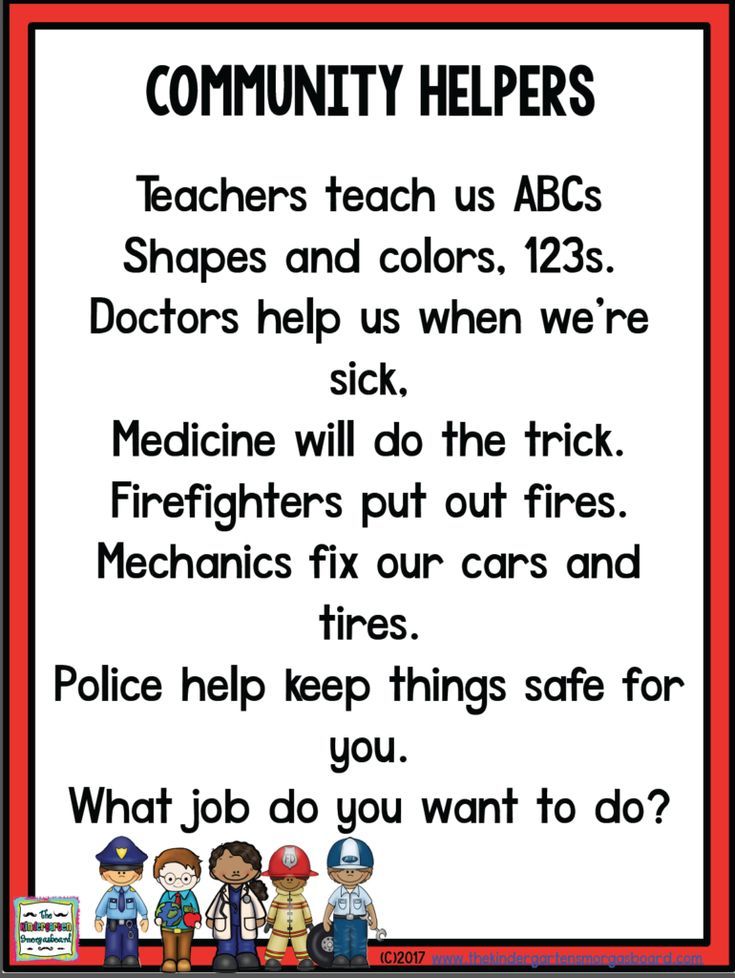 They also get used to the team, get acquainted with the interests and characteristics of each. This will be helped by several recommendations given to colleagues by our interlocutors.
They also get used to the team, get acquainted with the interests and characteristics of each. This will be helped by several recommendations given to colleagues by our interlocutors.
To reduce the worries of parents, Svetlana Tulaykina advises getting in touch with them in advance using instant messengers or social networks. The teacher told about a case from practice that instantly removed many parental fears: educators, knowing that a younger group would come to them, recorded a video in which they told about themselves and the group. “They showed what beds and toys are there, how clean and bright it is, how they are waiting for the children. Parents saw that their children were thought about and cared for, and it became much easier for them,” Svetlana explains.
Another technique helps children get used to new circumstances, for whom phrases like “mom will come soon” or “mother will come after dinner” sound very abstract. “In the group, we hang a calendar with pictures or photos of children. On one they wash their hands, on the other they dress for a walk and have lunch. So the child visually understands what remains to be done until the moment when the parents arrive, ”says Svetlana.
On one they wash their hands, on the other they dress for a walk and have lunch. So the child visually understands what remains to be done until the moment when the parents arrive, ”says Svetlana.
Yulia Yakubovich is helped by digital technologies, which in her hands become not just entertainment, but a source of information for children. The teacher makes QR codes: “I place a fairy-tale character with a code in the locker room, which, if you look at him through a magic window (tablet or phone), will welcome everyone and invite you to meet. The child will be interested in communication, it will be easier for him to be distracted and enter the group. The same hero can ask the kids about their mood or convey a message. Julia even hangs QR codes on trees and verandas while walking. There she hides interactive tasks, hints or answers.
And the main life hack from Daniil Semichev is to make the group not just a room with shelves and toys, but a space for children's realization.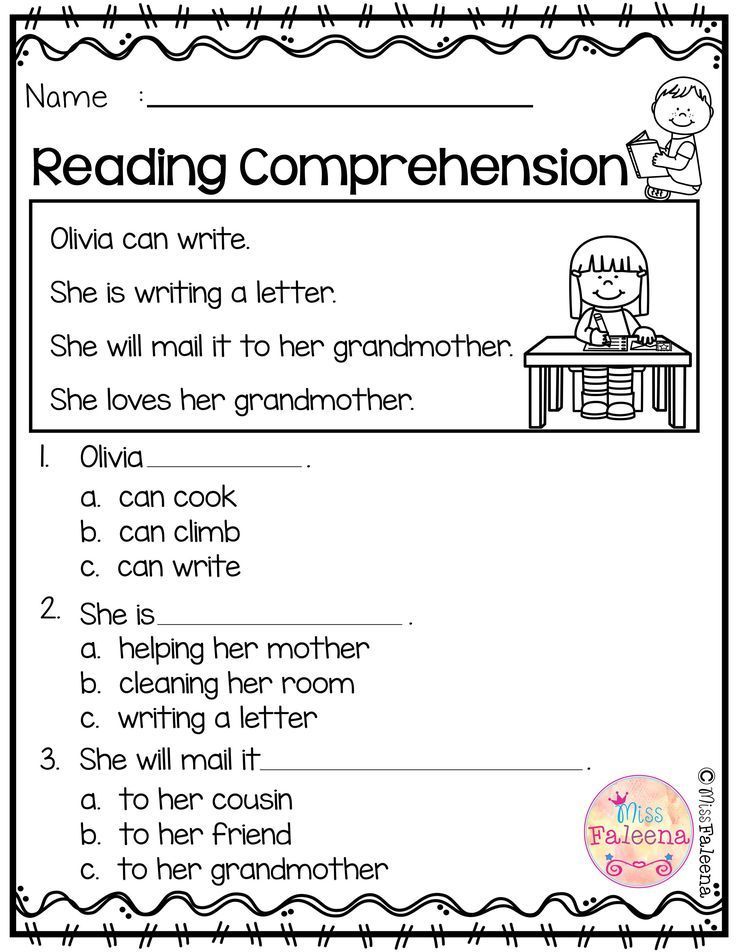 “In such a place, a child can take any thing that he likes. He always has the opportunity to change activities if he is not ready for it, even if he moves away from the regime a little. For example, if there is a lesson in mathematics, but one of the children does not want to, he should be given the opportunity to do something else, ”says the teacher. He agrees with the opinion that0060 environment can become the third educator for the child and the process of adaptation in a space that the child likes and created especially for him will go much better.
“In such a place, a child can take any thing that he likes. He always has the opportunity to change activities if he is not ready for it, even if he moves away from the regime a little. For example, if there is a lesson in mathematics, but one of the children does not want to, he should be given the opportunity to do something else, ”says the teacher. He agrees with the opinion that0060 environment can become the third educator for the child and the process of adaptation in a space that the child likes and created especially for him will go much better.
D on ’ t panic
Successful adaptation to kindergarten is important for everyone: the child, parents and caregiver. If possible, experts advise not to rush each other too much and not to forget who is an adult in this situation and who is not.
“We can wish you peace of mind and acceptance of new life circumstances at a calmer pace.